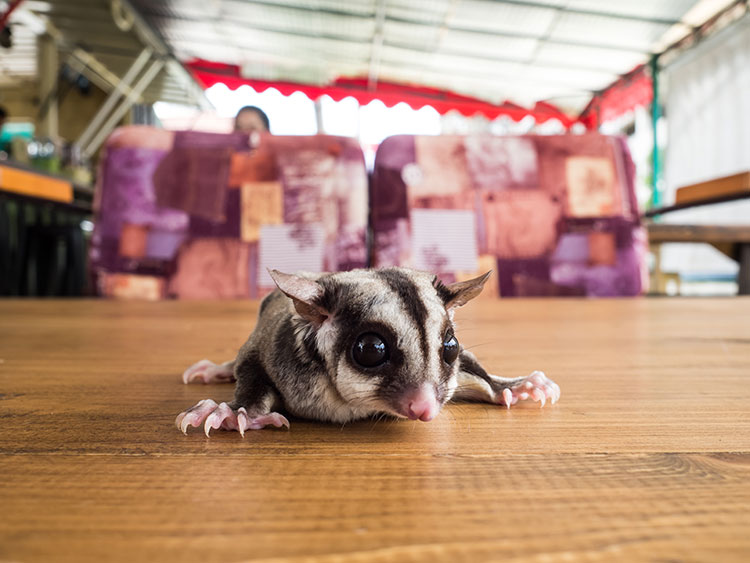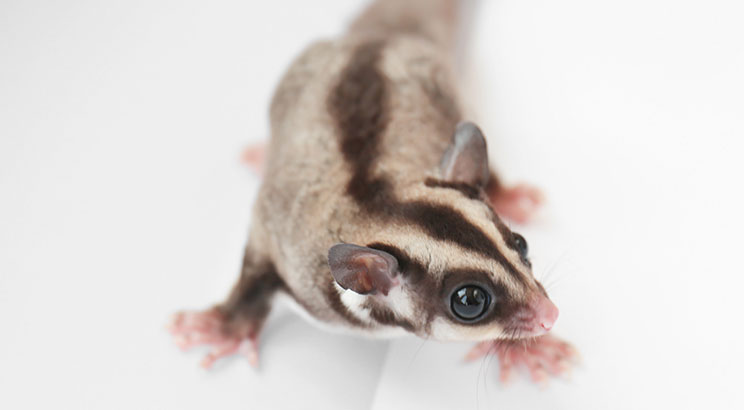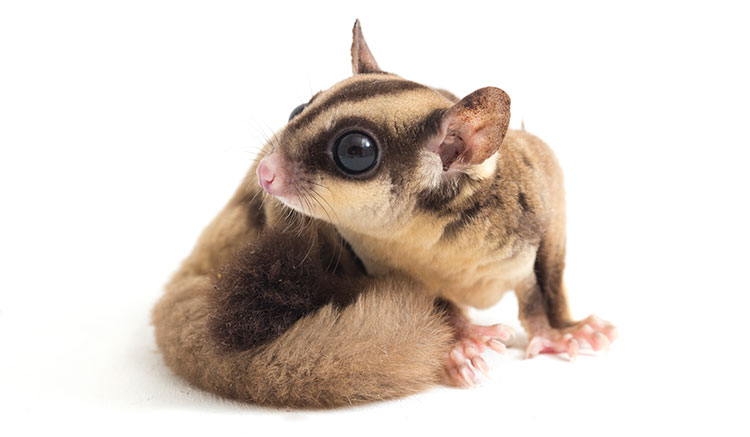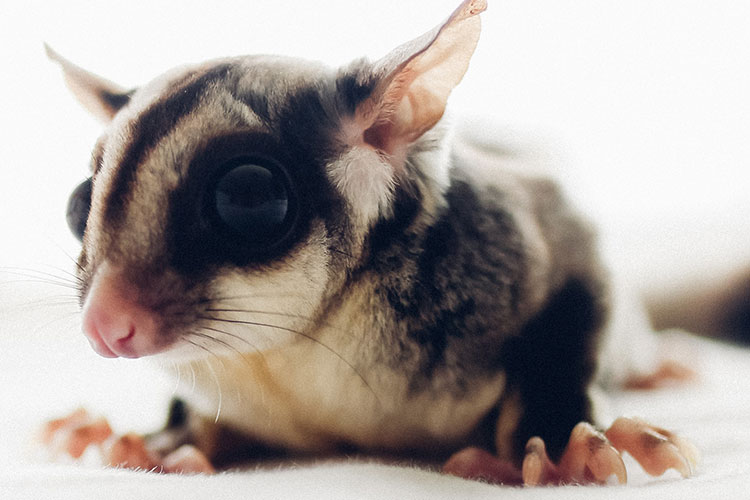Stroke in Pet Sugar Gliders: Signs and Prevention – JOJO Pets

Image credit: Freepik.com
Pet sugar gliders are susceptible to health problems, just like any other pets. Although most of these issues do not pose an immediate threat, there is a condition that can prove fatal for pet sugar gliders: strokes.
A stroke can happen when there is an interruption in the blood supply to the brain, leading to a lack of oxygen. Pet sugar gliders can suffer from strokes if they experience a sudden decrease in blood sugar levels, sustain physical injuries, or have an underlying heart condition.
In this article, we will look into the reasons why pet sugar gliders may suffer strokes, what can be done to prevent them, and how to recognise signs of a stroke in pet sugar gliders.
Can Pet Sugar Gliders Get Stroke

Image credit: Freepik.com
Yes, pet sugar gliders can suffer from strokes. However, strokes are uncommon in sugar gliders, and they can stem from various causes. If you suspect that your pet sugar glider might be experiencing a stroke, you should immediately seek veterinary assistance.
A stroke occurs when the blood supply to the brain encounters disruption, which can result from either blockage (ischemic stroke) or bleeding (haemorrhagic stroke). The brain starts to die once it is deprived of sufficient oxygen.
Strokes in pet sugar gliders are more likely to be triggered by chemical imbalances or physical trauma rather than by clots or bleeding. However, any interference with blood flow to the brain holds the potential to lead to a stroke.
There are many potential causes that can cause a stroke in pet sugar gliders, including:
- Head injuries
- High blood pressure
- Heart disease
- Blood clotting disorders
- Infections
- Tumours
- Liver disease
- Kidney disorders
Some of these conditions are more prevalent in pet sugar gliders compared to others. For instance, due to their delicate bones and small size, head injuries in pet sugar gliders are quite common. Likewise, sugar gliders are prone to developing thrombocytopenia (low platelet count), contributing to a higher possibility of blood clotting disorders.
While less common, conditions in pet sugar gliders such as heart disease and high blood pressure can still happen. In some cases, the cause of a pet sugar glider’s stroke might remain unknown.
Can Pet Sugar Gliders Get Seizures?

Image credit: Freepik.com
Can pet sugar gliders experience seizures? The answer is yes. Seizures are caused by irregular electrical patterns within the brain. They can be triggered by diverse factors, such as head injuries, infections, and tumours.
Seeing your pet sugar glider suffering from seizures can be a terrifying experience, but it’s important to bear in mind that seizures don’t always pose an immediate threat to life. Most pet sugar gliders will recover without any long-term effects after a seizure, but it’s important to seek veterinary care immediately if your pet sugar glider has a seizure.
Signs of Pet Sugar Glider Health Issues
The signs of a stroke in pet sugar gliders can vary depending on the specific part of the brain affected. These symptoms encompass:
• Sudden Weakness or Paralysis on One Side of the Body
A major sign of a stroke is a sudden onset of weakness or paralysis on one side of the body, owing to the stroke’s impact on one hemisphere of the brain.
Your pet sugar glider might even start running around in circles in response to the paralysis.
• Sudden Loss of Vision in One Eye
When the stroke affects the part of the brain responsible for vision, your pet sugar glider could experience sudden blindness in one eye.
• Confusion or Disorientation
When the part of the brain that processes information is affected by a stroke, a pet sugar glider might become disoriented or confused.
• Impaired Balance or Coordination
During a stroke, a pet sugar glider may lose its balance or coordination.
• Tremors or Shaking
Strokes are often accompanied by shivering or shaking, as blood vessels that supply the brain with blood are affected.
• Excessive Drooling
A pet sugar glider that is drooling may be suffering from a stroke, but it could also be suffering from another health issue. If your sugar glider is drooling, it is important to consult your veterinarian.
How to Prevent a Pet Sugar Glider Stroke

Image credit: Freepik.com
While there’s no absolute way to entirely prevent pet sugar glider strokes, there are several steps you can take to minimise the risks:
Ensure a Clean and Secure Pet Sugar Glider Habitat
Creating a clean and secure living environment for your pet sugar glider is essential to its overall well-being. This involves removing any potential hazards such as sharp objects or harmful chemicals that could cause harm to your pet sugar glider.
Maintain a Nutritious Pet Sugar Glider Diet
A balanced diet is important for the health of all creatures, including pet sugar gliders. Providing a well-rounded and appropriate diet to your pet sugar glider plays a vital role in lowering the likelihood of illnesses that might contribute to stroke occurrences.
Keep Your Pet Sugar Glider Physically Active
Encouraging physical activity in pet sugar gliders is essential for maintaining their cardiovascular health. Regular exercise aids in the proper functioning of their hearts. Alongside exercise, maintaining an appropriate diet is also crucial, as pet sugar gliders are prone to becoming overweight.
Regular Pet Sugar Glider Veterinary Checkups
Scheduling routine visits to the veterinarian is a proactive way to spot any potential health issues that could cause your pet sugar glider to have a stroke. This ensures timely intervention and appropriate care to minimise the risk factors.
Conclusion
While strokes can affect pet sugar gliders, there are effective strategies to reduce the associated risks. Ensuring a clean and secure living space, ensuring a balanced diet for your pet sugar glider, maintaining their physical activity, and routinely consulting a veterinarian for checkups are all good preventive measures.
Download the JoJo Pets app today for exclusive news and offers at https://jojo-pets.com/
